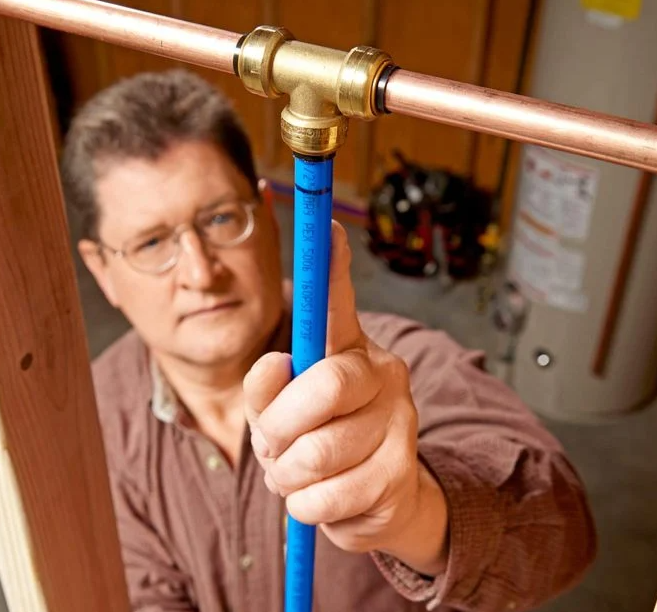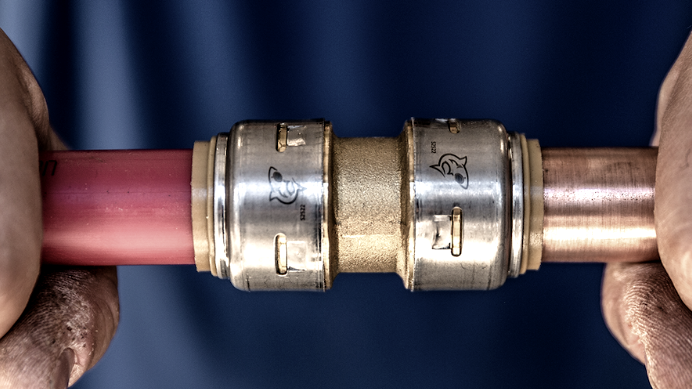There are a number of instances when it may be necessary to connect different pipe materials together, with several methods for this depending on the materials involved. Let’s take a look at five methods:
Soldering
Soldering is quite a traditional way of connecting pipes and involves the use of flames and a filler material – the ‘solder’ – to essentially glue the pipes together. It is quite complex but effective.
Copper pipe connectors
Copper pipe connectors are a more modern solution to joining pipes and can be used in situations where other methods are not viable/safe. If you feel that copper pipe connectors could be the solution you need to connect your pipes, specialist companies such as Watkins and Powis can offer advice as to which options will best suit your needs.

Compression fittings
Perhaps the most common method for connecting copper pipes to PVC pipes is using compression fittings. These use compression adapters, which link the two pipes, and compression nuts/rings. The compression nut is tightened to create a watertight seal. This is a popular method because it can provide a long-lasting and durable connection.
Push-fit fittings
This is a very easy and quick way of connecting PVC and copper pipes. There is no need for glue or soldering; instead, the fittings simply attach to the ends of each pipe and are then pushed together. These fittings have an internal O-ring that helps to ensure a watertight seal.
Shark-bite fittings
Shark-bite fittings are used in both commercial and residential settings for pipe connection. The process involves cutting the PVC pipe and driving this into the fitting to form a watertight seal. There is no need for tape or glue, as the connection is very effective and leak-free. These fittings can be reused several times and are easy to adjust. They are also available in a variety of sizes.

To summarise, it is possible to efficiently and effectively connect copper pipe to PVC pipe and there are several ways to do this, each with its own pros and cons.
